I have commonly seen the \$i^2t\$ rating for fusing in a SCR datasheet. This is a helpful rating for assessing if pulses which exceed the surge current rating (Itsm) of the SCR will damage it.
However, I have also come across the \$i^2\sqrt{t}\$ rating. These are commonly found in Vishay datasheets. The \$i^2\sqrt{t}\$ rating in the datasheets is constant for pulse widths ranging from 0.1ms to 10ms. I am guessing that the \$\sqrt{t}\$ is the thermal response of the SCR junction.
Has anyone come across this rating before and is there any literature that explains this rating? Google is giving me a hard time.
My application is a pulse width of 100-200us at an interval of 1.0s. I am trying to justify if I can use a SCR where I exceed the Itsm rating.
Sample Vishay Datasheet = http://www.vishay.com/docs/94679/vs-25tts16spbf.pdf
